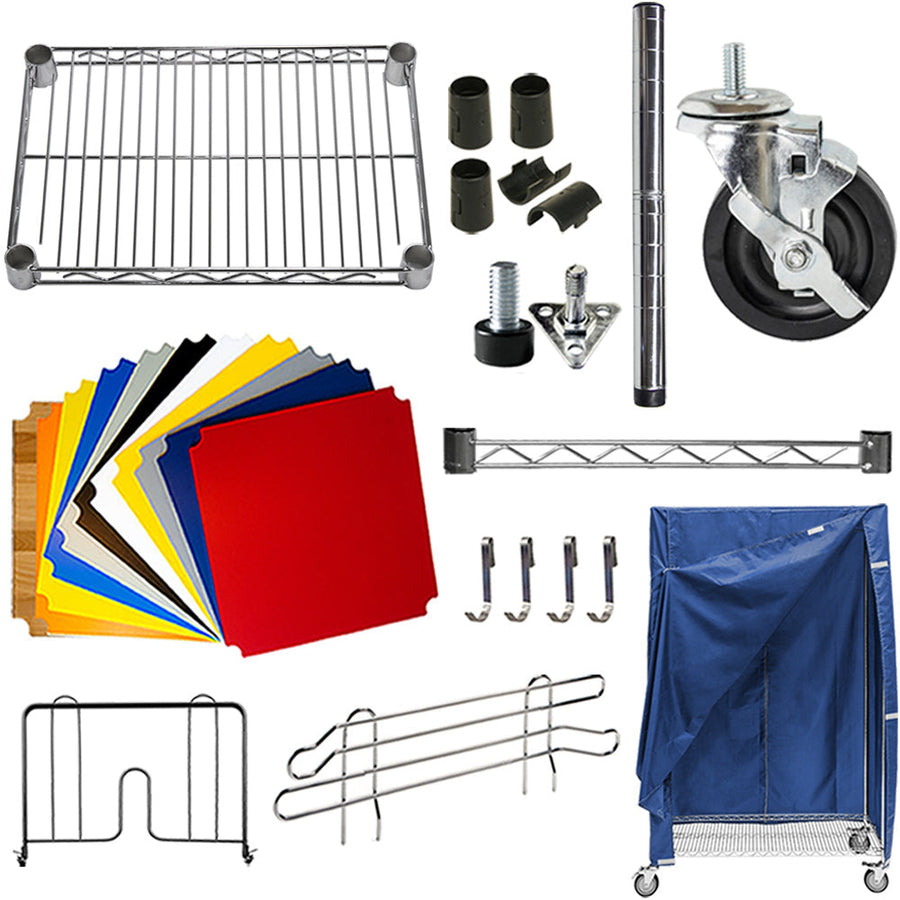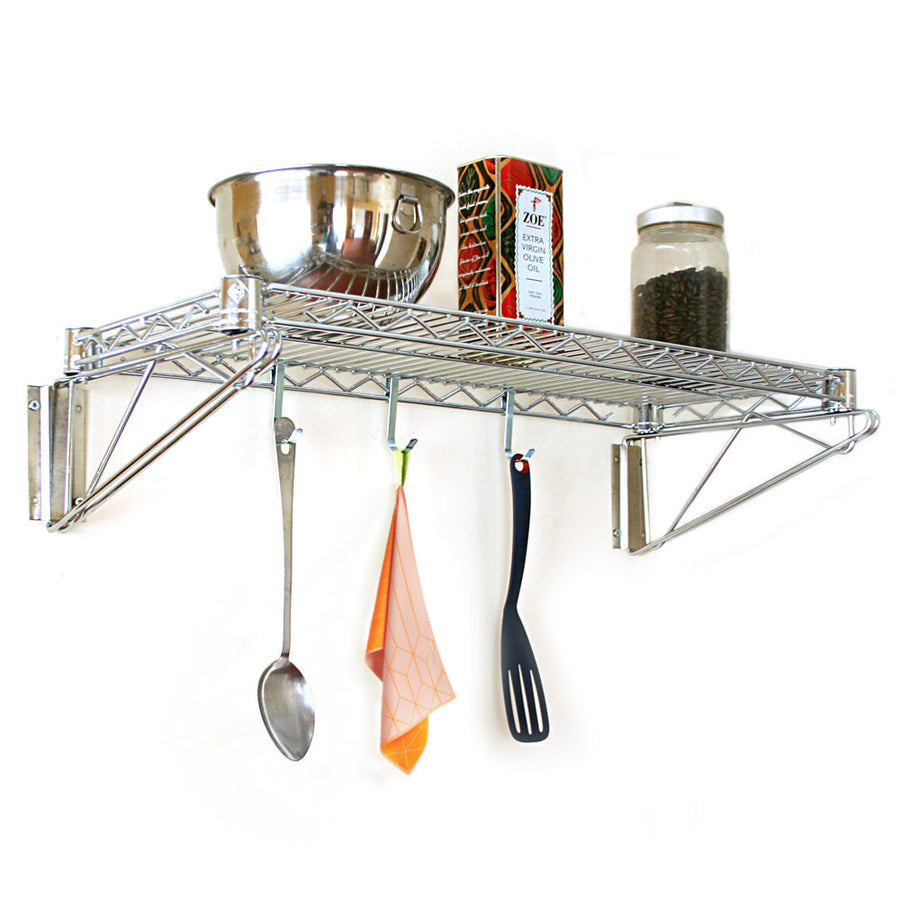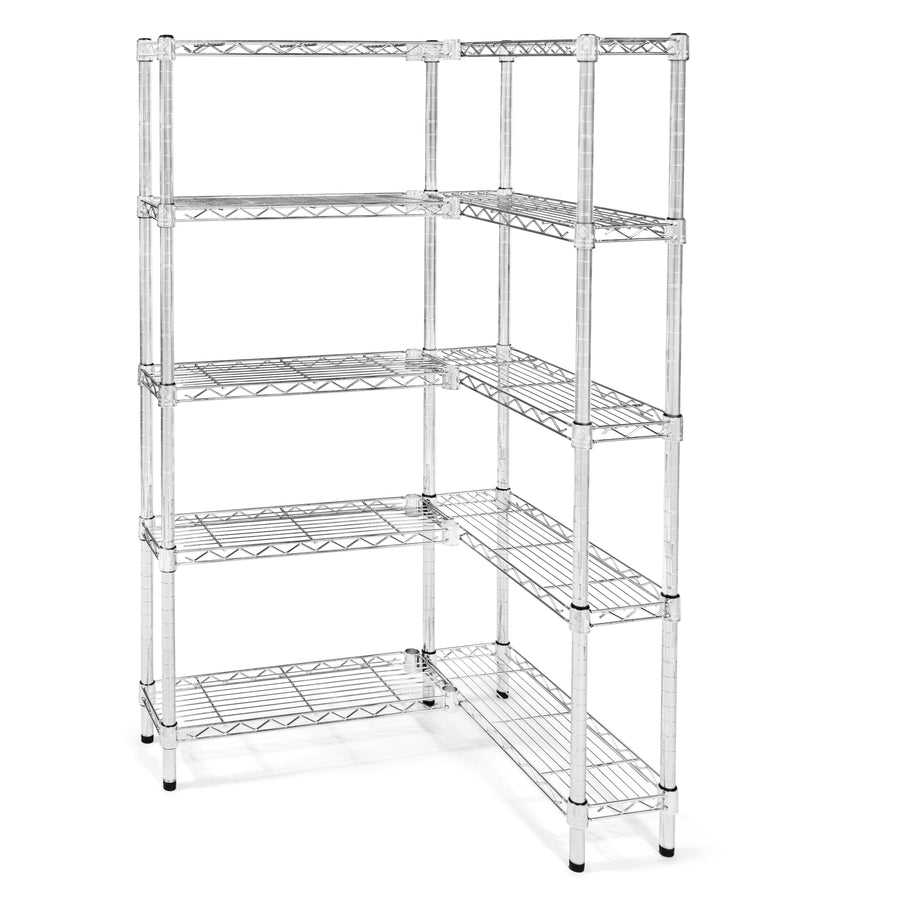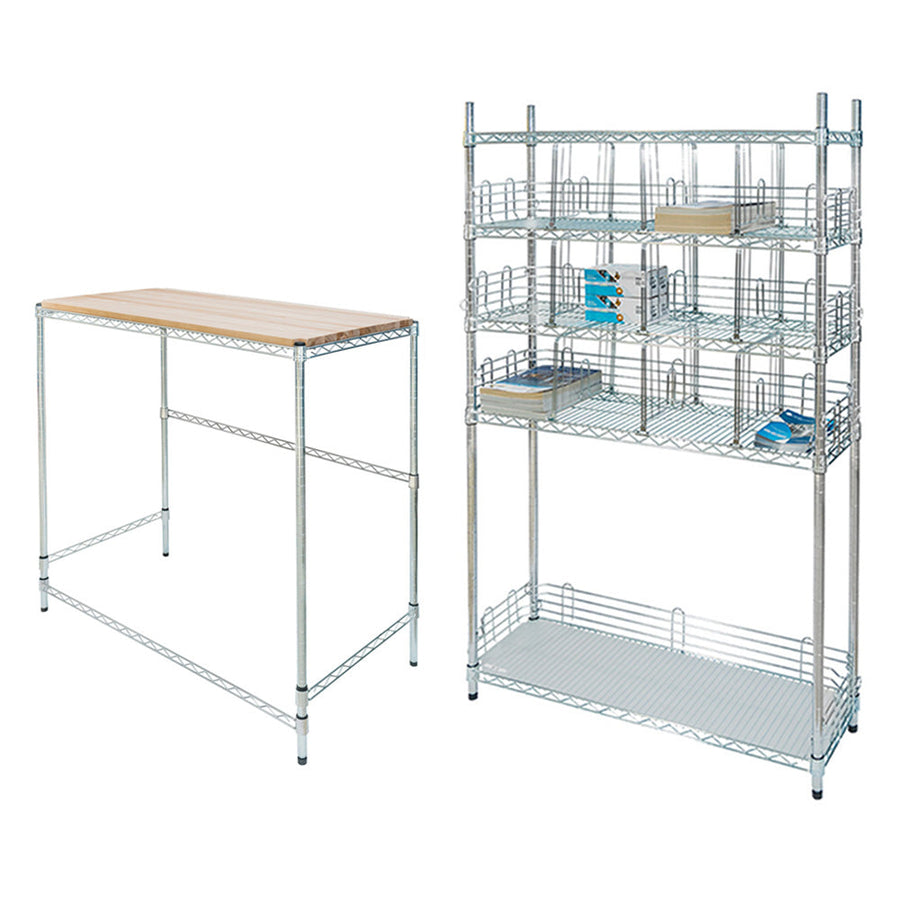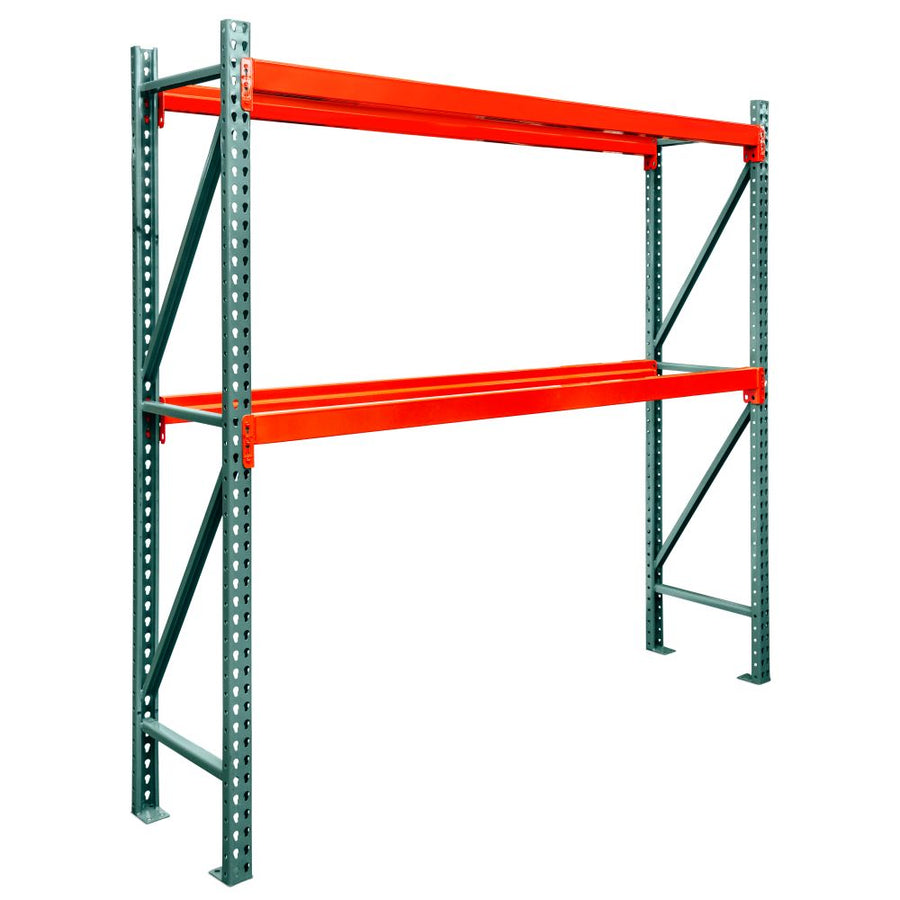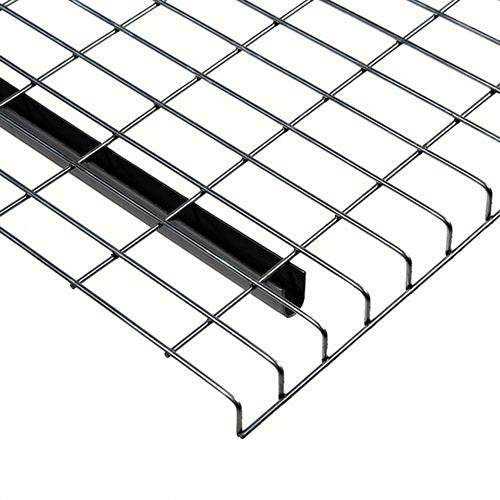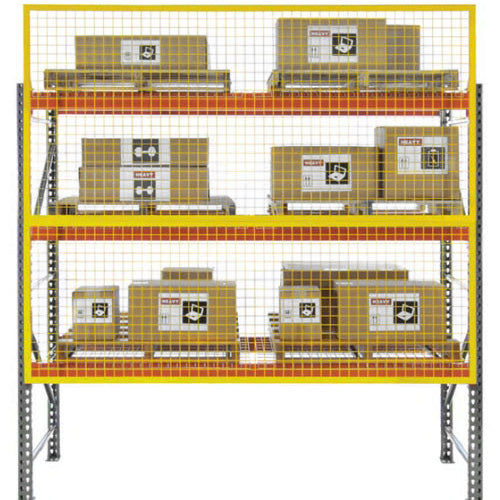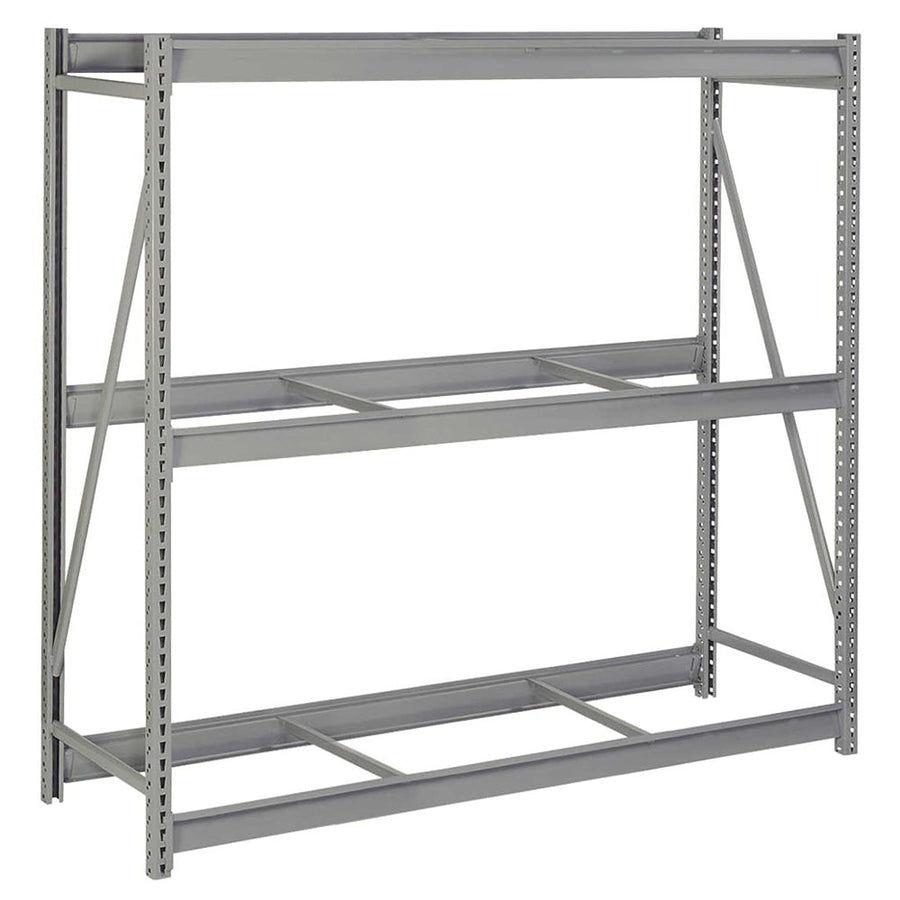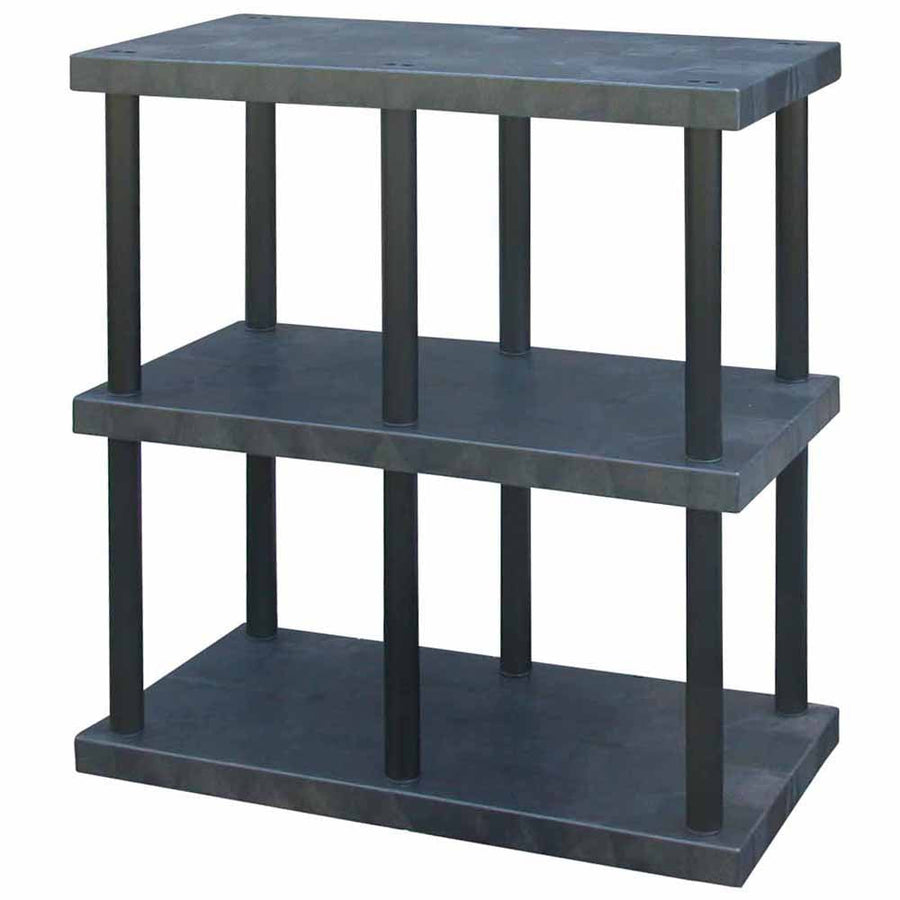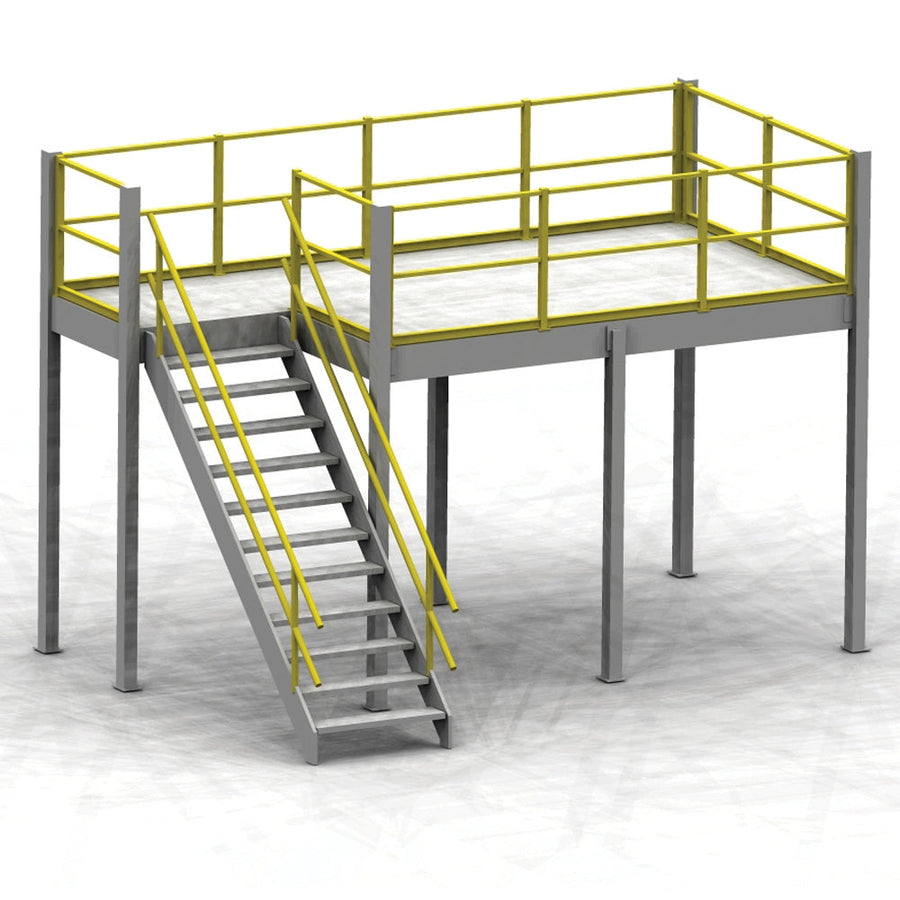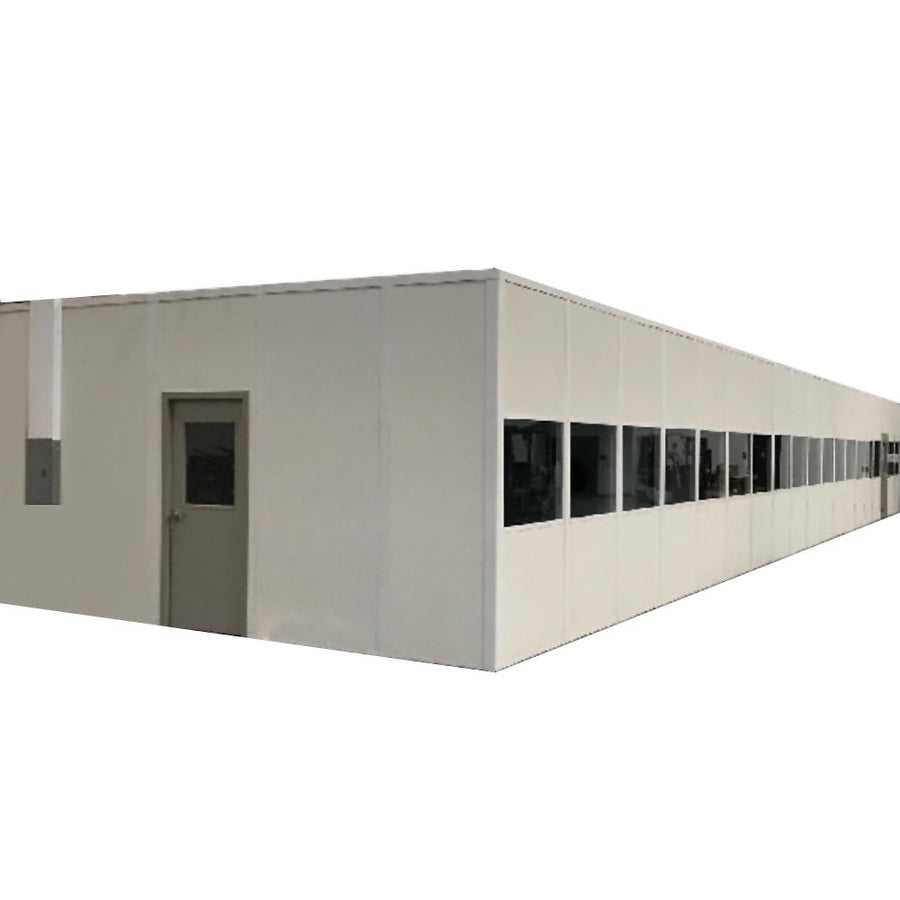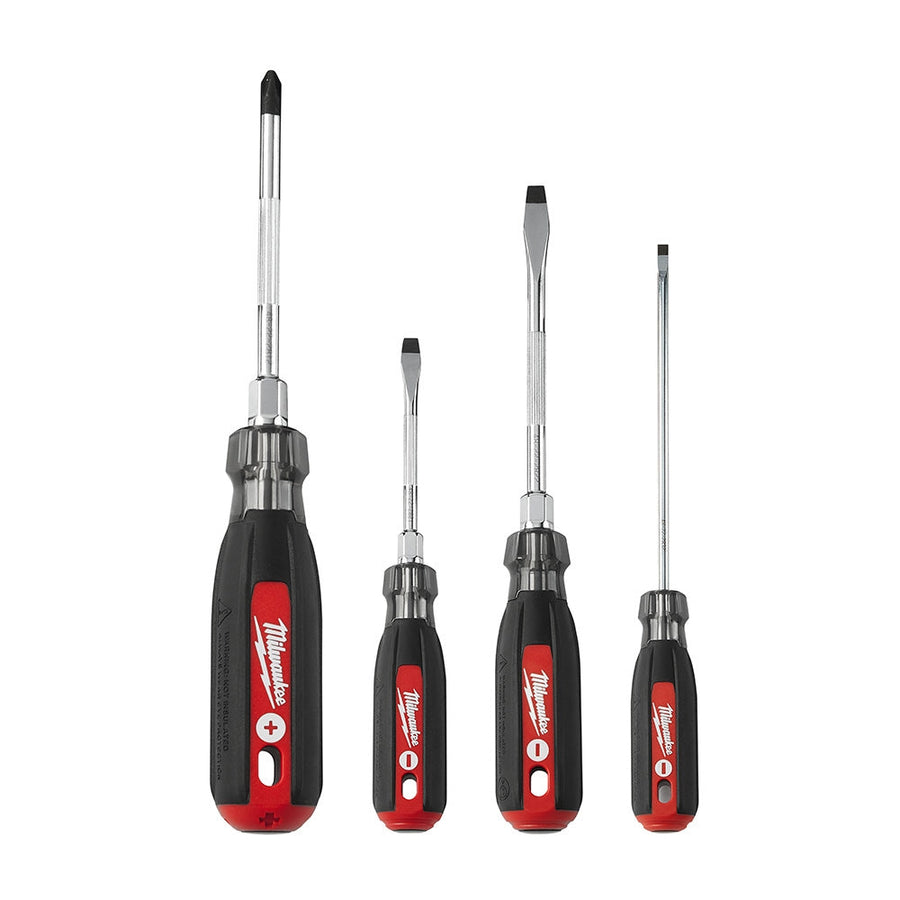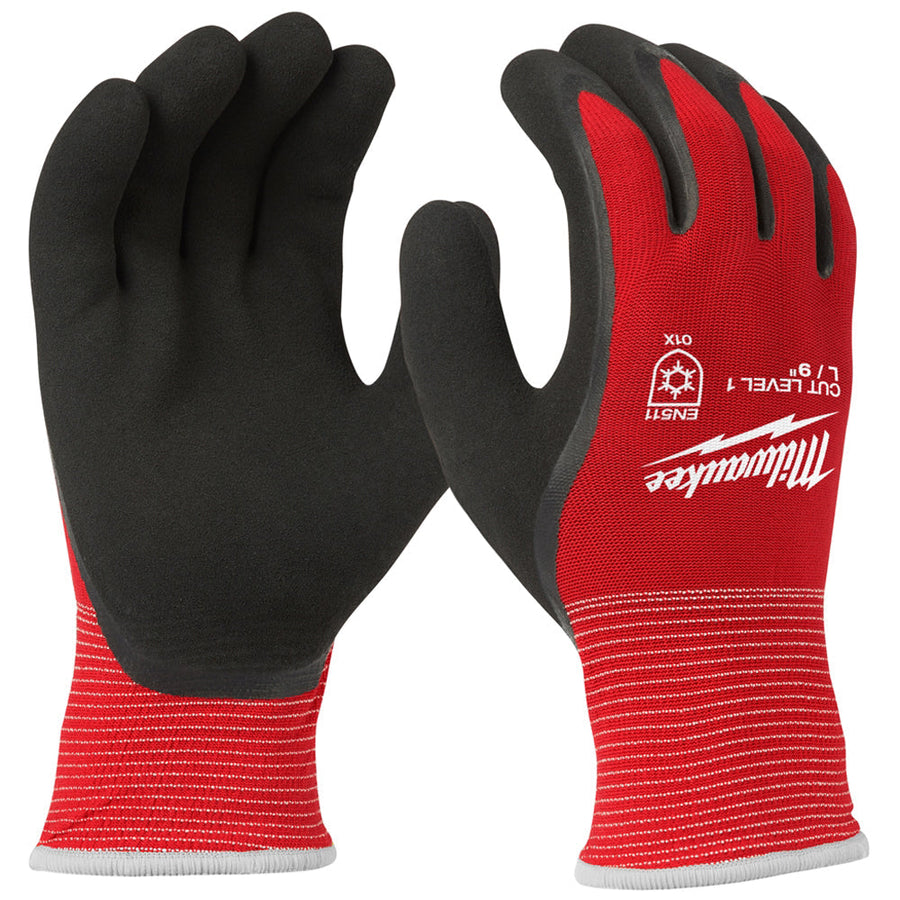Out of everything that needs to be managed inside a warehouse, the flow of traffic is one of the more frequently overlooked.
And even if your foot traffic has been properly managed through careful positioning of your warehouse shelving and the like, there’s still another angle to consider: vehicular traffic.
Vehicles of various sizes are a frequent sight in warehouses, from the trucks that bring the inventory in the first place to the various forklifts and carts used to move the inventory around after it arrives. These vehicles are a vital function of warehouse operations, but they can be awfully hard to get around when you’re trying to get work done.
If your warehouse is having a vehicle traffic management problem, here’s a few of our favorite tips to keep everything flowing smoothly.
Warehouse Traffic Flow Tips
Start at the loading dock
The loading dock is one of the busiest - and most potentially dangerous - parts of a warehouse for both traffic and workers. When designing your loading dock, pay special attention to where your workers have to be in order to unload inventory. Use clear signage to indicate pedestrian traffic vs. vehicular traffic, keep any of the metal shelves you use for unloading inventory far enough away from the truck bay to avoid potential hazards or traffic snarls, and make sure your bays are wide enough for trucks to safely turn around in.
Create pedestrian zones
One of the fastest ways to help reduce traffic snarls in the warehouse is to create specific pedestrian zones for foot traffic. Ideally, these areas will be narrower paths off to the side that vehicles cannot enter, but if this is not the case, then proper signage and arranging of your pallet racking should create a safer area for foot traffic as opposed to forklifts and vehicles.
Enforce speeds
Speed limits are a huge part of traffic management. By controlling how fast vehicles can travel in certain areas - both within and outside the warehouse - you can help regulate how often pedestrians can cross before the next vehicle arrives, and create a much safer environment for your workers.
Identify potential hazards
Finally, any traffic management plan needs to take into account the potential dangers encountered during travel through the warehouses. Study your traffic flow to see if any aisleways need to be widened, any cords need to be moved off the floor, any extra signage needs to be used for busy intersections, and the like. This extends to the truck bay as well - look for potential hazards for both pedestrians and drivers to minimize worker injuries, truck accidents, or dangers to the inventory as well. This can include areas where snow or rain can create puddles, or blind spots for large vehicles.



